


Kansai
Asia
/
Japan
/
Kansai
Located in the cultural heart of Japan, the Kansai region includes the bustling cities of Osaka, Kyoto, and Nara, striking an amazing balance between modern vitality and ancient traditions. Welcoming visitors in four distinct seasons, the region entices with cherry blossoms in the spring and vibrant autumn foliage. October-November and March-April are the most favorable times for a visit.
The culture of Kansai sharply contrasts with the sophisticated and polished urbanity of Tokyo. The region is famous for its friendly, humorous locals who are proud food connoisseurs. The local "kuidaore" (eat until drop) philosophy manifests in the diverse street food scene in Osaka, while Kyoto exudes refined elegance through its ancient temples and traditional arts.
Kansai's true distinction lies in its historical and cultural significance in Japan. It proudly houses some of the country's essential cultural treasures, ranging from Kyoto's thousand-year-old temples to Nara's ancient Buddhist artworks. The region's food culture is legendary, especially Osaka's takoyaki (octopus balls) and Kobe's internationally acclaimed beef.
Top attractions include the Fushimi Inari Shrine's endless red torii gates' corridor in Kyoto, Osaka's electrifying Dotonbori district, and serene interaction with deer in Nara. While there are a myriad of UNESCO World Heritage sites to explore, the Golden Pavilion (Kinkaku-ji) and Todaiji Temple truly stand out as must-visit destinations.

Get to Know Kansai
Take a tour of this destination's highlights
Top Sights in Kansai
Popular Areas in Kansai
Inspiring Reads on Kansai

Travel Tips for Kansai
What you need to know before traveling here
Getting Around Kansai
A guide to Kansai's local transportation
The JR Pass is a must for travel within Kansai. It needs to be purchased before arriving in Japan and covers all JR lines, including limited express trains. Major stations allow activation upon arrival.
Practical Tips for Kansai
Things to prepare and best way to visit
Spring (March-May) and autumn (October-November) offer favorable weather and stunning visual treats. It's better to skip summer due to humidity and tourist rush, especially during major holidays like Golden Week.
While English signage is available in tourist hotspots and stations, the English skills of many locals may be limited. It's wise to learn basic Japanese phrases and have translation apps handy.
Japan mostly operates in cash. It's advisable to carry ¥30,000-50,000 ($200-350) at any given time. Major hotels and department stores accept card payments, but smaller establishments often don't.
Minor tremors are frequent but buildings are built to endure them. In case of a significant earthquake, follow evacuation directions and staff guidelines.
Upon entering temples, shoes should be removed. Keep your voice down, and adhere to the photography rules. Some temples demand conservative dressing, such as covering shoulders and knees.
See All Practical Tips for Kansai

Explore Kansai
Create your itinerary with our top picks below

Get to Know Kansai

Travel Tips for Kansai

Explore Kansai
More Destination Near Kansai


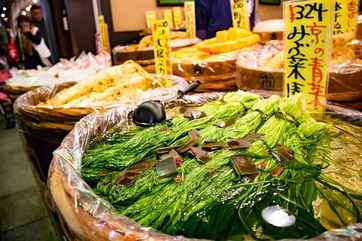


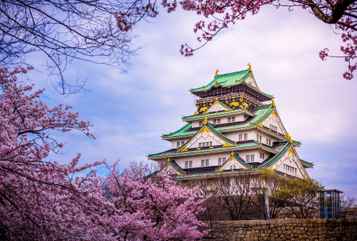
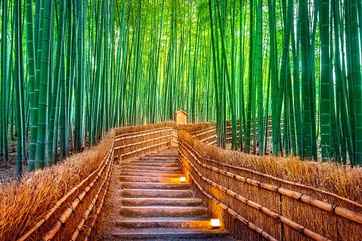


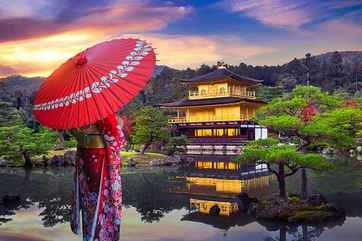
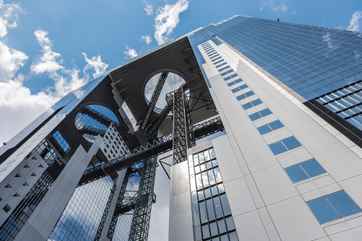






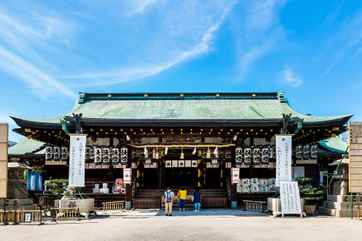
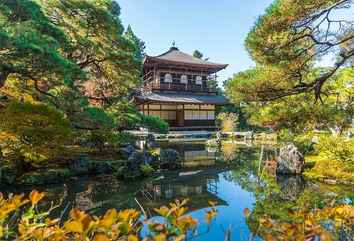











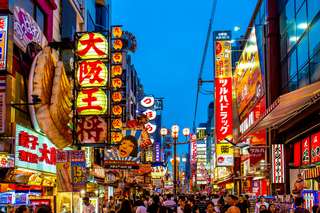
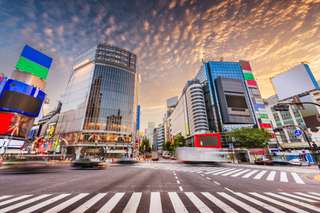









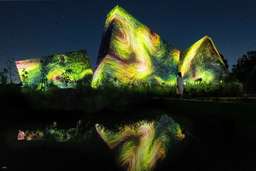



![[Discounts] Have fun in Wakayama 1 Week Free Pass, 2.284.720 VND](https://ik.imagekit.io/tvlk/xpe-asset/AyJ40ZAo1DOyPyKLZ9c3RGQHTP2oT4ZXW+QmPVVkFQiXFSv42UaHGzSmaSzQ8DO5QIbWPZuF+VkYVRk6gh-Vg4ECbfuQRQ4pHjWJ5Rmbtkk=/9669847645199/-Discounts-Have-fun-in-Wakayama-1-Week-Free-Pass-f316e7d9-b1f1-4e7d-8892-ab843f765582.jpeg?_src=imagekit&tr=c-at_max,h-456,q-60,w-256)
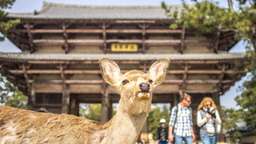

















 Facebook
Facebook Instagram
Instagram TikTok
TikTok Youtube
Youtube Telegram
Telegram
